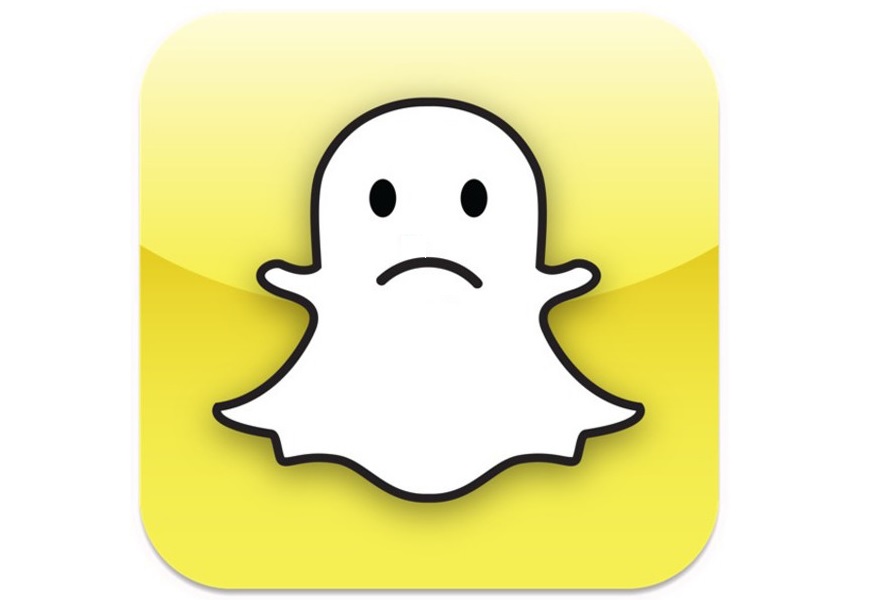Only 11% of people are certain that Pinterest and LinkedIn will be used in a decade and only 14% are confident that Snapchat will still exist, according to new research.
The international study from Mailjet has revealed gloomy prospects for communication channels among their user base in the UK and France.
The findings show that email is the platform most people think we will definitely still be using in ten years’ time (41%), followed by Facebook and private messaging apps like WhatsApp (26%).
The widespread adoption of Facebook is clear; over 60s are now just as confident we’ll be using Facebook in 10 years’ time as young adults; 25% of young adults express certainty as opposed to 26% of over 60s.
In contrast, only 11% of people are certain that Pinterest and LinkedIn will be used in a decade and only 14% are confident that Snapchat will still exist, despite the social platform’s parent company Snap IPO-ing earlier this year. This suggests that newer platforms can be perceived as passing trends rather than long term means of communication.
Josie Scotchmer, Marketing Manager at Mailjet commented: “Whilst new platforms like Snapchat are creating buzz amongst certain demographics at the moment, email endures as a channel that consumers look to. As email evolves to suit the needs of consumers through responsive design and personalisation techniques, it is allowing brands to innovate to reach consumer audiences directly and with highly targeted, relevant messages.”
When asked about major updates to technology commonly used for communication by brands, 35% of people responded saying they haven’t noticed a single one. For instance, only 6% noticed Instagram’s ‘buy button’ and only 8% saw the platform’s Explore page change. In addition, 15% find brand videos on Snapchat or Facebook intrusive and only 14% want to use live streams.
Reacting to the findings, Mailjet’s client Chris Pook, CRM director, of shopping site Lyst said; “GDPR will increase data protection, enforce stricter data privacy rules and introduce double opt-in, meaning brands will have to be far more careful with their communications. While we have never had an ‘opt-in’ for brand ads on social, channels can learn from one another. Email, for example, has responded to the way consumers use websites by building more interactive content with microsite style layouts, making emails shop-able. As a steadily evolving format which consumers are acclimatised to, there’s a lot the giants of the social realm can learn from email as it continues to innovate and mature.”
Where brands are falling short
While consumers may not notice changes in brand communications immediately, they do realise when communication isn’t tailored to them – the biggest pain point consumers have about the way brands communicate with them is the irrelevance of their messages. In the UK, a quarter (25%) of people cited this, showing brands still need to focus on getting personalisation right. British consumers want communication that focuses on the product (56%) highlighting that a direct approach is best rather than features that detract from the product.
Pooks adds, “Personalisation isn’t something the modern shopper is daunted by anymore. Consumers are calling for brands to use technology in ways that make their experiences more relevant. Increasingly we will see brands building saliency through personalised design elements that are guided by behavioural data insights.”
Currently, grocery brands connect with consumers best (42%), followed by tech brands (21%). In the UK, auto brands (5%), beauty brands (4%) and fashion brands (3%) are rated by fewer than the NHS and political parties (8%) – this is despite BMW often being praised for the quality of its branding and ecommerce brands often being first to adopt new technologies.
Innovations in demand
At a European level, consumers want brands to use real-time and location-based emails (36%) as well as emails tailored to the products they have researched or purchased (32%). Nearly a third of people (30%) are also looking for the ability to shop or checkout directly within an email to make the experience easier. The look and feel of those messages is also important; 41% want to receive emails that navigate or scroll well and a third value attractive email design.
Over a third, (37%) want to see brands communicate with them using videos of products. This is most important for the younger audience; 52% of 16-29 years olds want to see video content compared to just 21% of over 60s. Similarly, 24% of the 16-29 age group want to see brands using interactive ads compared to 12% of 45 – 59 year olds and just 8% of over 60s.
Scotchmer continues: “Brands must stay up to speed with consumer behaviour and often this means experimenting with new techniques and tech that enables this, such as real-time or location-based services, or responding to the fact that younger people have shorter attention spans and therefore require digestible, snappy content. Ultimately, brands need to create communications that makes the customers’ experiences better. People want convenient experiences in email that make it easier to purchase; our findings show that relevancy is critical above all else.”
For more information, see the full report from Mailjet here on the findings, which includes commentary from email experts at Lyst, Litmus, Movable Ink, RebelMail and Boomtrain.
Methodology
The research, conducted by Morar Consulting and commissioned by Mailjet in March 2017, was the result of surveying 2,000 consumers across the UK and France.

